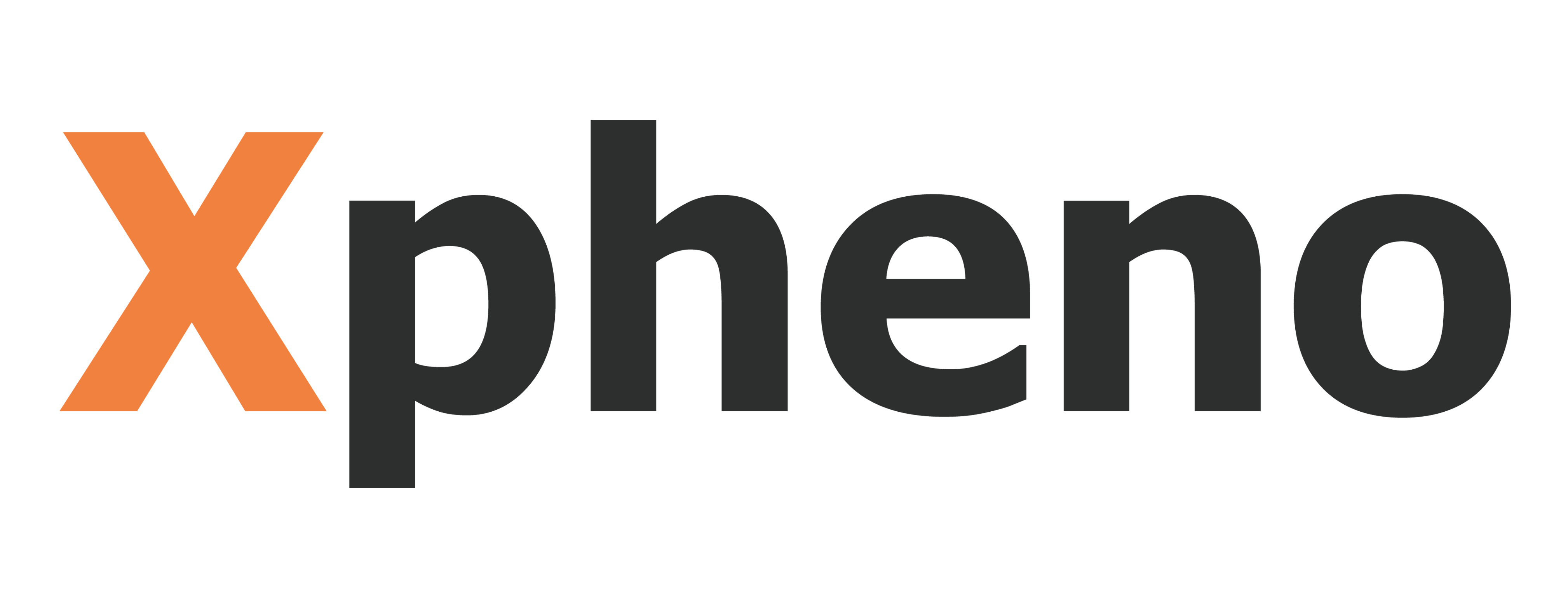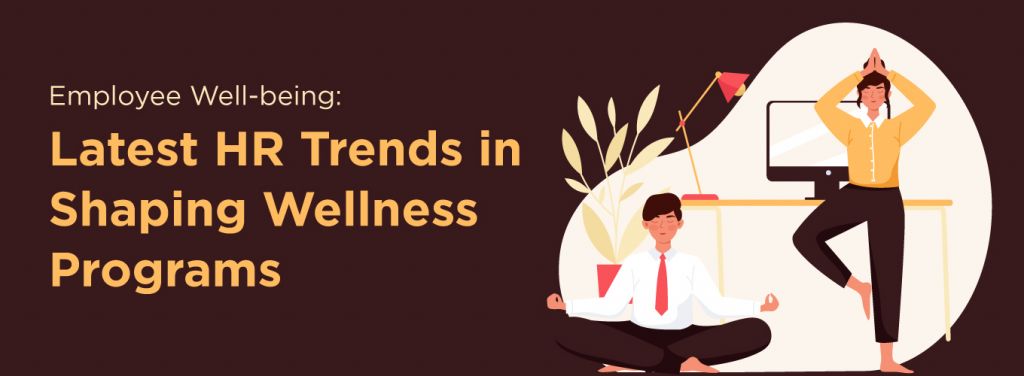In recent times, the importance of employee well-being has grown in HR strategies for a variety of businesses. Businesses are coming to understand that investing in their staff members’ physical and mental well-being helps not just the individuals but also boosts their output and enhances the overall business results. Employers can put employee welfare first in several ways, such as providing opportunities for professional growth, flexible work schedules, mental health support, and wellness initiatives. Organizations cultivate a sense of camaraderie and allegiance among their workforce by instituting a work culture that prioritizes employee well-being. Ultimately, prioritizing people makes workers happy, improves performance, and makes a business more successful.
Let us try and understand the latest HR trends that companies use to enhance employee well-being and eventually improve overall productivity
Table of Contents
WHY IS EMPLOYEE WELL-BEING IMPORTANT?
When we talk about employee well-being, we often refer to the overall wellness of an individual, both physically and mentally. For any company to run smoothly and productively, it becomes crucial for the employees to have a good well-being and the latest HR trends also follow along these lines.
According to research conducted by Gallup, it was found that career well-being should be the primary focus of employers who want to have the most impact on employees’ well-being in the shortest length of time.
When companies take into consideration the well-being and wellness of an employee, they make an extra effort to make their company stronger and more productive.
TOP HR TRENDS FOR EMPLOYEE WELL-BEING
Flexible Work Arrangements
The adoption of the flexible employment model is the key element in the creation of a working environment that will improve employee well-being. the choice of working remotely or in hybrid mode is an option that gives employees some flexibility to fit their commitments into their daily work. Granting employee freedom in managing their schedules enables a company to leverage its workforce, giving them control over when and where to do their work. At the same time as this approach enhances self-governance, it also helps create a more coherent work-life balance.
Mental Health Support
The value of positive mental health has been understood and as a result, mental health support programs are introduced in the organizations. These are some of the initiatives that go beyond the routine benefits, helping employees access counseling services, webinars, and workshops that deal with stress, anxiety, and other mental health challenges. Through this, you can boost the open conversations around mental health problems reducing stigma and creating a workplace culture with appropriate understanding and support.
Purpose-driven Work
Employees are now taking cues from the company’s vision and values as a framework: this has resulted in a goal-oriented team. The effect an individual or team has on the overall organizational goals creates a perception of the meaningfulness of what they do. People tend to be more motivated and fulfilled when they see the connection between the goal of their work and their place in it.
Wellbeing powered by AI
An increasing focus on overall employee well-being is being placed on workplace wellness, especially concerning flexible work arrangements and mental health initiatives. By 2024, these initiatives will be even more integrated into business operations, resulting in large expenditures on wellness platforms driven by AI. These platforms will use data analytics to create customized health plans for people and encourage group discussion of wellness-related issues.
Work-Life Balance
Constructive work-life balance is fundamental to employee well-being. There is clarity on the standard work time and communication outside of the normal rules. Organizations advocate for an employee’s well-being and encourage rest periods and off-time to prevent burnout.
Remote Onboarding and Integration
As the remote work trend is growing, organizations are creating thorough onboarding documents and virtual welcome sessions so that the new hires either working remotely or hybrids can easily blend with the company culture. Digital platforms for virtual team building activities and allowing for social ties create a domain for remote workers that makes them feel part of the team.
Health and Safety Measures
To react to global events, and to developing issues, companies are ensuring the strict implementation of health and safety measures in the physical workplace. This concerns compliance with directives and rules, and disseminating information about the safety protocols just as it encompasses the provision of resources to handle employee’s health and well-being concerns.
Financial Wellness Programs
Identifying the effects of financial stability on the quality of life, financial wellness programs are introduced to companies. These programs are money management education, retirement counseling, and employee assistance programs. The provision of resources that teach employees how to manage their finances effectively is a factor that contributes to employees’ overall financial health and well-being.
Social Connection Initiatives
Establishing social relationships within the workplace has become one of the crucial tasks for companies nowadays. Organizing online and offline social events comes in handy when it comes to bonding with the team and creating a feeling of community. Team check-ins and informal communication channels are promoted, which are regular and support the social connection of members, particularly in remote or hybrid work environments.
Employee Assistance Programs (EAPs)
Employee Assistance Programs (EAPs) are a very important aspect of helping employees cope with their well-being. These programs include a variety of counseling services such that the individuals can be able to approach them with personal or professional issues. The provision of awareness of the benefits of EAPs and the creation of an environment without stigma will increase the number of workers who seek support when needed.
HOW TO INCORPORATE THESE TRENDS
A company could adopt employee well-being strategies effectively by conducting a thorough well-being assessment and studying its workforce’s vexing demands. The physical, mental, and social aspects of well-being must be addressed to develop an overall wellness strategy. Leadership is fundamental, with managers being involved in well-being programs and communicating their approval.
CONCLUSION
In conclusion, we can say that, by incorporating these latest HR trends, the well-being and overall productivity of a company will improve. Assessing the effectiveness of programs, listening actively to employees, and integrating principles of holistic health and fulfillment into the culture of the organization creates a workplace where employees are truly valued and their overall well-being is actively supported. Therefore it becomes extremely important for a company to ensure that their employees are taken good care of.
FREQUENTLY ASKED QUESTIONS
1. How can an organization be effective in the improvement of employee well-being?
Through situational analysis, formulating a comprehensive framework, and adopting adaptable approaches. By utilizing technology, promoting diversity, and staying focused on continuous learning these are the things to do.
2. Three practical pieces of advice for strengthening mental health support?
Use EAPs, and stress management tools, advocate open dialogues, and exploit technology for virtual mental health resources.
3. What measures are used to assess the effectiveness of the well-being initiatives?
Establish KPIs, conduct employee surveys, measure engagement levels, and iterate depending on feedback to keep it in sync with changing use cases.









